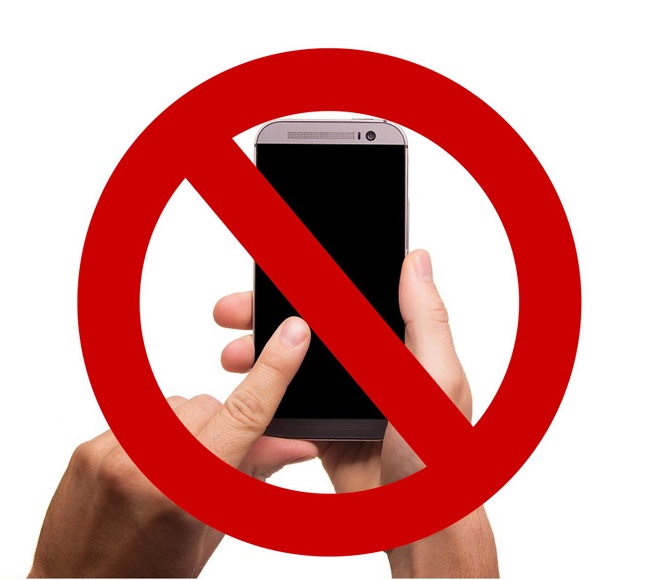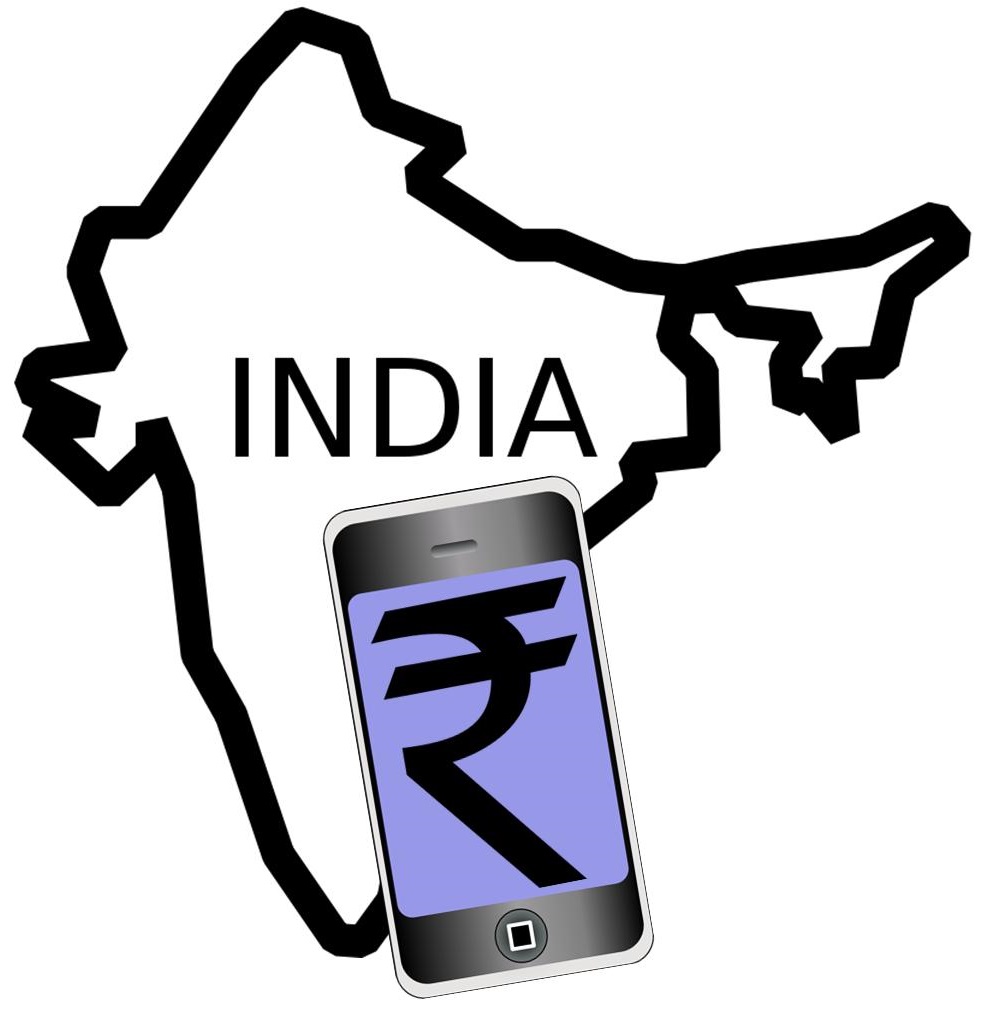Students between the ages of 10 and 15 years have thrown their support behind banning classroom phone use.
A mobile phone ban in schools is a rapid way to drum up controversy. It has already caused many debates in the United States as well as other countries around the world. That said, in Swedish classrooms, students aged 10 to 15 years old have supported the decision to stop the use of phones at school.
With the rapid penetration of smartphones among students, the schools suddenly found themselves falling behind.
The school regulations were not keeping up with the massive rise in smartphone use among students. This allowed policies on the subject to be established on a class by class basis. That said, universal policies regarding phone usage in the classrooms were not created. It was up to the individual teachers. While some implemented an all-out mobile phone ban, the majority decided to simply turn a blind eye.
Many parents opposed a mobile phone ban as they wanted to be able to be in direct contact with their kids.
 Over time, the trend toward a smartphone ban became greater among the schools. Still, the degree of the ban was different from one school to the next. Some were far more restrictive than others.
Over time, the trend toward a smartphone ban became greater among the schools. Still, the degree of the ban was different from one school to the next. Some were far more restrictive than others.
A Norwegian telecommunications company called Telnor recently conducted a survey. Results revealed only 6 percent of students between the ages of 10 and 15 years old in Sweden say smartphones are permitted in their classrooms. Though 53 percent said they can use mobile phones at school, this is not permitted within the class.
That said, there remains 40 percent of Swedish students aged 10 to 15 years who say their smartphones are not banned in any way. Among those, 57 percent support a ban. Only 14 percent feel a ban is bad.
There are many reasons for a mobile phone ban, according to Telnor. Lina Sundqvist is the person at Telnor’s who is responsible for the company’s Nätprat (‘net speak’) initiative and for consumer security. Sundqvist said “The reasons for the bans are many and seem to vary between different schools. Amongst other reasons are: to decrease distractions in the students’ working environments, to make students exercise more during recess, and to decrease internet bullying and abuse.”
The Unified Payments Interface is meant to simplify transactions over smartphones in the country.
The national payments system launched in India this week. The Unified Payments Interface (UPI) is designed to let shoppers complete transactions using mobile phones. So far, the launch includes 21 particpating banks. Customers of those banks can already use the mobile payments services.
Among the banks include ICICI, Axis Bank, Yes Bank as well as eighteen others in India.
With UPI, customers can use the national mobile payments system to both send and receive money. All they need is a smartphone and an account with a participating bank. This system functions by assigning a “virtual identifier” to a user, instead of a person’s actual identity. The purpose is heightened mobile security. There are a number of different functions available by way of the platform. The functions include: bill payments, barcode based in-store purchase transactions, real-time peer to peer (P2P) transactions, delivery payments as well as several others.
The national mobile payments system was initially announced in April and has since been pilot tested.
 The pilot initially consisted of bank employees. Now that the pilot is complete, availability has broadened substantially. Any Indian bank with more than 1,000 pilot customers and a success rate of 80 percent with 5,000 or more transactions can use the UPI mobile apps. They can offer their branded version of UPI mobile payments applications by way of the Google Play store. That way, it can be accessed by the general public in India.
The pilot initially consisted of bank employees. Now that the pilot is complete, availability has broadened substantially. Any Indian bank with more than 1,000 pilot customers and a success rate of 80 percent with 5,000 or more transactions can use the UPI mobile apps. They can offer their branded version of UPI mobile payments applications by way of the Google Play store. That way, it can be accessed by the general public in India.
By using those requirements for launching the mobile apps in the Google Play store, the goal was to incentivize participation in the pilot. That way, there would be a greater capability for improving the application before the nationwide launch. It is possible for existing mobile users to integrate their platforms into the Unified Payments Interface.
Some have predicted that this national mobile payments platform will be very helpful in boosting e-payment adoption in India. That opportunity has the potential to move the country forward in its progress toward financial inclusion. This is important as only just over half of Indians (53 percent) currently have bank accounts.
 Over time, the trend toward a smartphone ban became greater among the schools. Still, the degree of the ban was different from one school to the next. Some were far more restrictive than others.
Over time, the trend toward a smartphone ban became greater among the schools. Still, the degree of the ban was different from one school to the next. Some were far more restrictive than others.
 The pilot initially consisted of bank employees. Now that the pilot is complete, availability has broadened substantially. Any Indian bank with more than 1,000 pilot customers and a success rate of 80 percent with 5,000 or more transactions can use the UPI
The pilot initially consisted of bank employees. Now that the pilot is complete, availability has broadened substantially. Any Indian bank with more than 1,000 pilot customers and a success rate of 80 percent with 5,000 or more transactions can use the UPI 